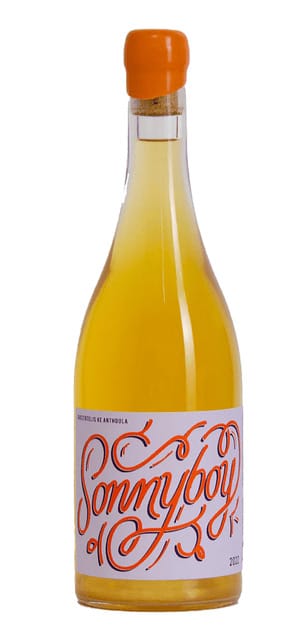Wine buffs talk a lot about terroir, the combination of local geography, climate, microbes and wine-making practices that is thought to determine the unique taste of each wine from any vineyard.
Alexandre Pouget of the University of Geneva and his colleagues used a machine-learning algorithm to tell which estate 80 Bordeaux red wines came from, with 100 per cent accuracy by assessing their chemical signatures. This provides evidence that terroir does indeed give a unique flavour to each wine.
Professor Pouget used chromatography to vaporise each wine and separated it into its chemical components. This gave them a chromatogram for each wine, with about 30,000 points representing different chemical compounds.
The researchers used 73 of the chromatograms to train a machine learning algorithm, along with data on the chateaux of origin and the year. Then they tested the algorithm on seven chromatograms that had been held back.
They repeated the process 50 times, changing the wines used each time. The algorithm correctly guessed the chateau of origin 100 per cent of the time. It was also about 50 per cent accurate at guessing the year when the wine was made.
“Not many people in the world will be able to do this,” says Pouget told New Scientist. “It really is coming close to proof that the place of growing and making really does have a chemical signal for individual wines.
“The similarities and differences in chemical compounds reflect the elusive concept of terroir.”
Here are a few in for you to test your personal tasting skills on.
Aristotelis ke Anthoula Sunnyboy The Zafirakos family used to make wine in their garage every year. Now they have established a vineyard at Pambula on the NSW south coast. Sunnyboy is made from a blend of Vermentino and Zibibbo. Tony Zafirakos says: “It has skinsy characteristics without a lot of tannin. It is a juicy ripe drink with good acid that slurps easily down on its own.” Serve cold, without food on a sunny day at the beach or accompany spicy dishes. RRP $39.


Stockman’s Ridge Outlaw Chardonnay 2017. This single vineyard features volcanic soils high on the slopes of Mt Canobolas. It is light gold in colour with aromas of apple, peach, a hint of lime and toasty characters. The flavours are similar to the nose with roasted cashew and minerality with a full-bodied, long, finish. Serve with nutty cheeses, shellfish and white meats. Drink now or cellar until 2030. RRP $40.
Parker Estate Cool Climate Cabernet Sauvignon 2021. This wine is from Coonawarra one of Australia’s cool-climate wine growing regions. The colour is deep ruby red with purple hues. It has aromas of dark fruits, blueberry and blackcurrant with a hint of vanilla, mixed with warming spices and undertones of dark chocolate. The palate provides flavours of cherry and blackberry with a touch of earthiness and toasty hints. RRP $24.


Stockman’s Ridge Primrose Pinot Noir Chardonnay 2022. This sparkling wine has a light pink hue. It displays delicate aromas of strawberry and rose petals. The palate has crisp acidity and a lingering mouth feel bursting with strawberry, pomegranate and citrus flavours. The wine is delicious on its own on a warm summer day or for special occasions. Drink now or cellar until 2026. RRP $35.
































